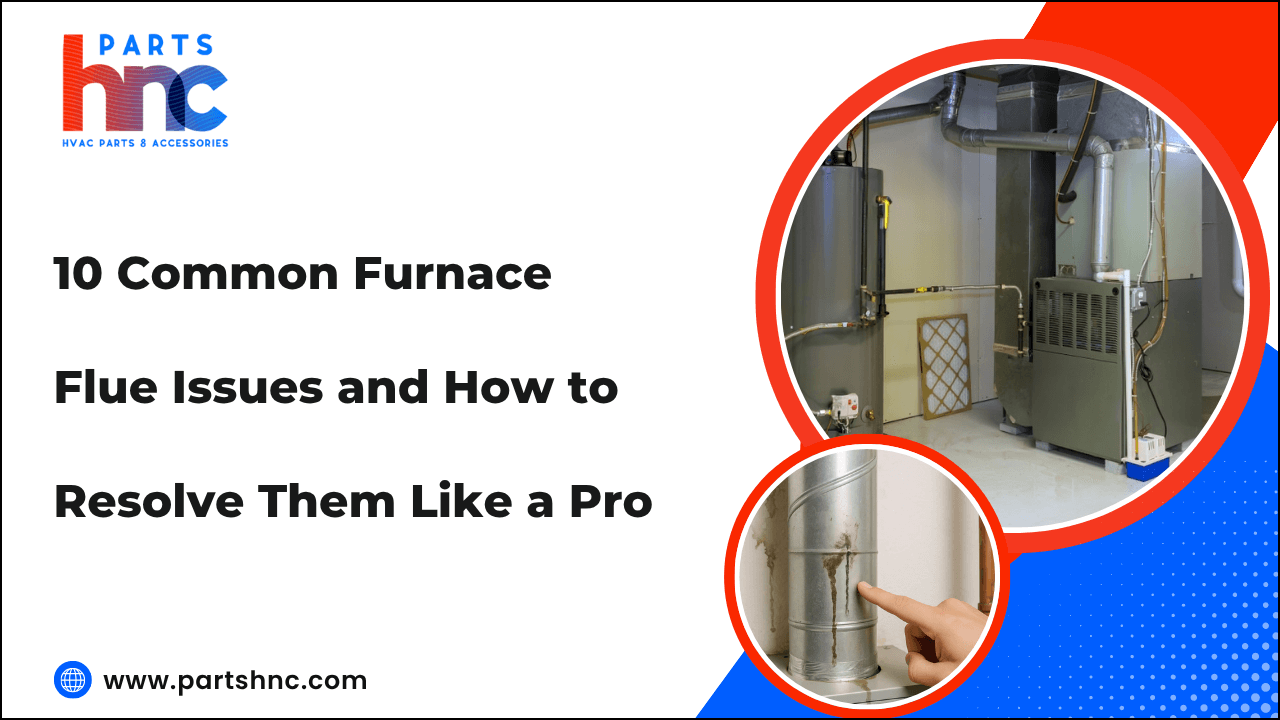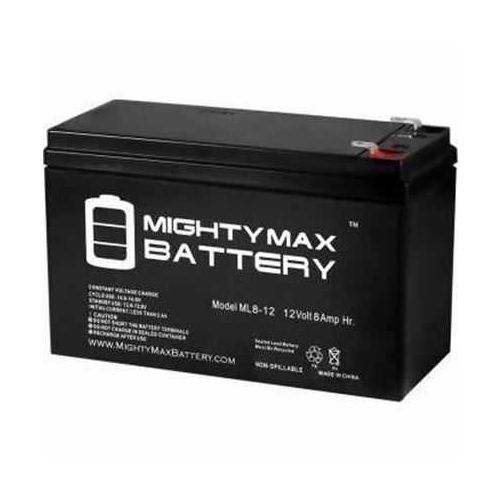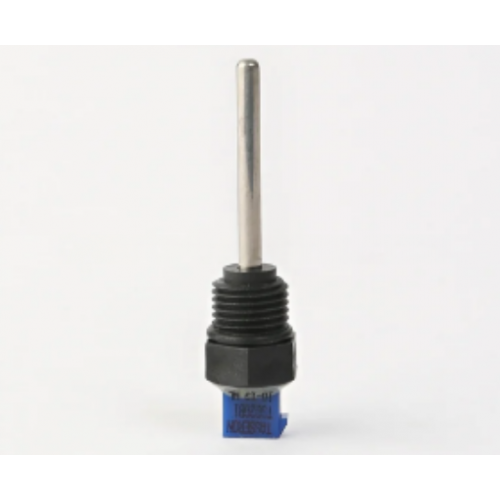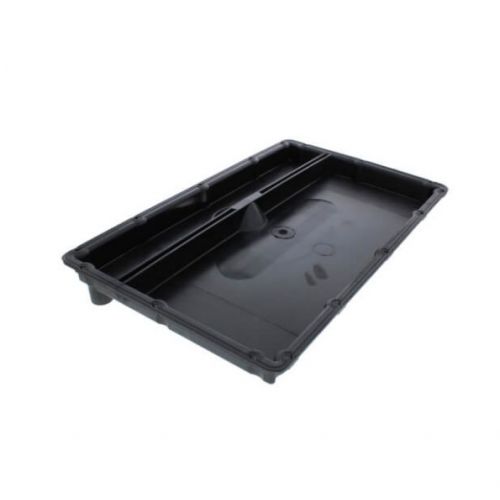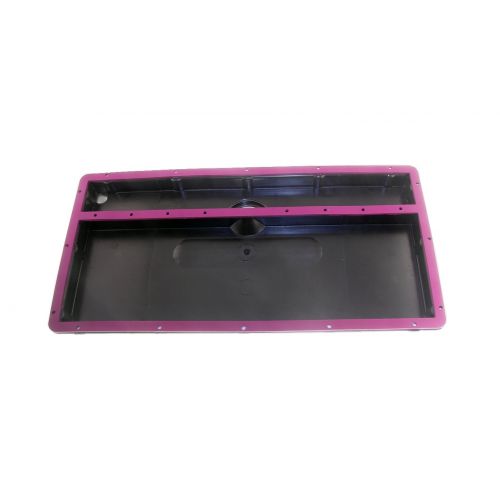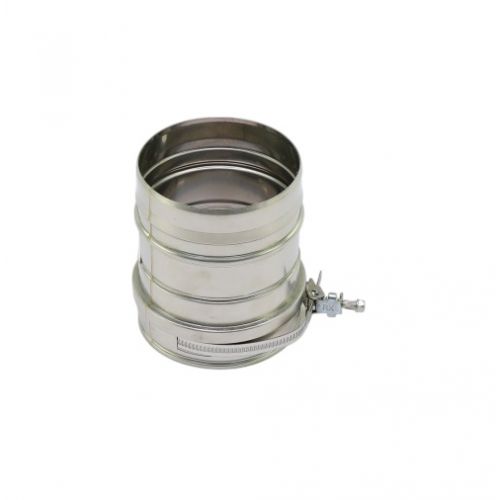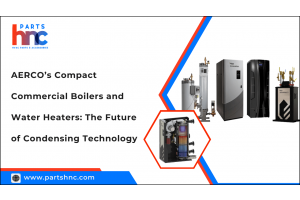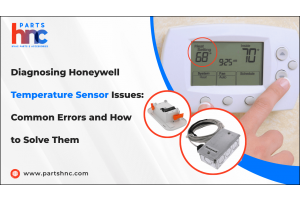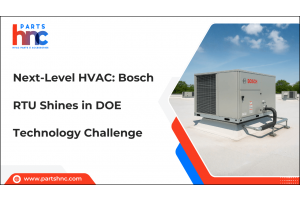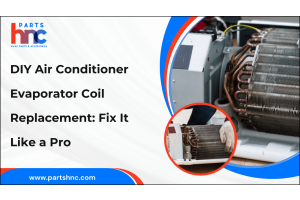10 Common Furnace Flue Issues and How to Resolve Them Like a Pro
A properly functioning furnace flue pipe is essential for the safe and efficient operation of your heating system. The flue serves as a crucial pathway, venting harmful gases like carbon monoxide and other combustion byproducts safely outside your home. When flue issues arise, they can lead to poor furnace performance, increased energy bills, and serious safety hazards, including the risk of toxic gas buildup.
Understanding common furnace flue problems and knowing how to address them can save you time, money, and potential dangers. From blockages and corrosion to improper installation and leaks, this guide will walk you through 10 frequent flue issues and offer expert solutions to fix them like a pro, helping you keep your home warm, safe, and energy-efficient all winter long.
10 Common Furnace Flue Issues and How to Resolve Them Like a Pro
Here are 10 frequent problems with furnace/flue systems, why they occur, and how to fix them.
1. Rust and Corrosion of Flue Pipe
Moisture in exhaust gases condenses inside the metal flue, creating acidic water that eats away the metal.
Fix: Replace the corroded section with UL-listed double-wall vent pipe; inspect the chimney and flue liner to ensure proper draft.
2. Loose or Deteriorated Joints/Seams
Heating cycles cause expansion and contraction; over time, joints may loosen, allowing exhaust gases to leak into the home.
Fix: Shut off the furnace, inspect all seams and connections, and secure with sheet-metal screws and high-temperature silicone caulk.
3. Improper Slope or Horizontal Run
The furnace exhaust piping must slope upward to ensure proper draft; poor pitch causes condensation and back-drafting.
Fix: Adjust piping to maintain the proper upward slope (per code). Replace flat or sagging sections and consider installing a liner.
4. Blockages and Obstructions
Leaves, debris, or soot buildup restricts flow and causes gases to back up.
Fix: Inspect visually with the furnace off. Remove debris and soot; hire a professional sweep for chimney flues. Regular maintenance prevents this.
5. Flue Pipe Overheating / Thermal Expansion Damage
Excessive heat from poor combustion or restricted venting can cause warping, cracks, or joint separation.
Fix: Ensure proper combustion settings, check for vent blockages, and replace damaged sections with heat-rated materials.
6. Leaks at the Roof Penetration / Rain Entry
Damage to the storm collar, flashing, or cap allows rain, snow, or animals to enter the flue pipe.
Fix: Inspect the cap, storm collar, and flashing annually. Replace damaged or missing parts, and ensure proper termination per code.
7. Condensation and Acid Damage in Flue
High-efficiency furnaces produce cooler exhaust that condenses inside pipes, causing acidic moisture that accelerates corrosion.
Fix: Use proper venting materials rated for condensate, maintain proper slope, and keep exhaust temperature high enough to avoid excess condensation.
8. Incorrect Flue Liner or Missing Liner in Masonry Chimney
Masonry chimneys without proper liners may be oversized or mismatched, reducing draft and increasing risk.
Fix: Inspect the chimney liner. If missing or damaged, install a stainless steel liner sized to appliance specifications.
9. Excessive Soot, Creosote, or Flammable Deposits
Common in wood or multi-fuel systems, buildup inside the flue walls creates a serious fire hazard.
Fix: Have a certified chimney sweep clean the flue regularly. Avoid burning wet or treated wood and ensure flue temperatures are adequate.
10. Cracked or Damaged Flue Pipe Sections
Wear and tear or physical damage can crack the pipe, allowing dangerous exhaust to leak into living spaces.
Fix: Regularly inspect the flue pipe for cracks or damage and replace any damaged sections immediately with approved materials.
Looking for furnace flue parts to fix issues quickly? PartsHnC offers high-quality parts like vent pipes, draft inducers, vent dampers, and flue collars from leading brands like Honeywell, Rheem, and Carrier to keep your heating system running safely and efficiently!
Common Furnace Flue Problems Every Homeowner Should Know
Knowing the typical issues with gas furnace flue parts can help you spot problems early and prevent costly repairs or safety risks. Awareness is the first step toward maintaining a safe, efficient heating system.
-
Flue Vibrations or Rattling Sounds: Loose brackets or improperly secured flue pipes can cause vibrations when the furnace runs, indicating potential alignment or stability issues.
-
Flue Discoloration or Soot Marks on Exterior: Visible stains or soot around the flue exit point can signal incomplete combustion or small leaks escaping.
-
Negative Pressure Zones in Home: Modern airtight homes can create pressure imbalances that interfere with proper flue drafting, risking gas buildup indoors.
-
Thermal Expansion Damage: Repeated heating and cooling cycles can cause metal flue pipes to warp or crack over time, especially if not properly supported.
-
Flue Cap Damage or Missing Components: Missing or broken flue caps can allow rainwater and debris to enter, accelerating internal damage.
-
Flue Access Panel Issues: Some flues have inspection or cleanout panels that, if not sealed properly, can leak harmful gases into the home.
-
Incompatible Flue Modifications: DIY or aftermarket flue modifications that don’t meet code can disrupt airflow and cause dangerous backflow.
-
Subtle Corrosion Under Paint or Insulation: Flue pipes wrapped in insulation or painted can hide corrosion that weakens the pipe unseen.
-
Obstructed Drainage in Condensing Furnaces: Flue systems with improper drainage can accumulate condensate, leading to microbial growth or pipe deterioration.
-
Heat Damage to Adjacent Structures: Flues too close to combustible materials may cause gradual heat damage or fire hazards.
Keeping an eye out for these less obvious signs can prevent major problems and ensure your furnace flue stays in top shape.
Check out this guide on troubleshooting common issues with Lennox furnace pressure switches to quickly diagnose and fix pressure switch problems.
Warning Signs Your Heating Flue or Furnace Vent Pipe Is Malfunctioning
Beyond the obvious symptoms, these lesser-known warning signs can alert you to hidden flue or vent pipe malfunctions before they escalate:
-
Visible Smoke or Exhaust Near the Furnace: Smoke or exhaust fumes leaking near the furnace indicate improper flue venting and gas escape.
-
Strong Gas or Fuel Smell Inside the Home: A persistent gas or fuel odor inside signals a possible flue leak or vent pipe damage.
-
Flames Backing Out of the Furnace: Flames or sparks escaping the burner area warn of a dangerous venting malfunction.
-
Sudden Loss of Heat Output: A rapid decrease in heating performance can result from a blocked or damaged flue.
-
Carbon Monoxide Alarm Activation: CO detector alarms mean harmful gases may be leaking through a faulty flue or vent pipe.
-
Excessive Soot Around Furnace or Vent Openings: Heavy soot buildup around vents shows incomplete combustion and venting problems.
Spotting these subtle signs early can save you from dangerous situations and costly furnace flue repair down the line.
Step‑By‑Step Maintenance For Furnace Flue And Chimney Flue
Here’s a practical maintenance checklist you can follow (or share with your HVAC/ chimney pro) to keep the flue system in good working order:
Shut Off The System Safely
-
Turn off the furnace power at the breaker. If applicable, shut off the fuel supply.
Visual Inspection of Accessible Flue Pipe
-
Look for rust, holes, corrosion, loose screws, and damaged joints.
-
Check the slope of the pipe to ensure it rises upward with no sagging.
-
Check that proper clearance from combustibles is maintained.
Check For Obstructions
-
Use a flashlight (while the system is off) to check inside the vent/cap for nests, leaves, and soot build‑up.
-
For chimney flues, hire a professional sweep if soot/creosote is present.
Check Flue Liner (If Masonry Chimney)
-
Inspect for cracks, missing mortar, spalling masonry, or other liner damage.
Seal Joints and Make Sure Connections Are Tight
-
Use high‑temp silicone caulk and sheet‑metal screws at pipe connections, especially if there are signs of leakage.
Check Condensation and Drainage
-
Ensure the piping used is rated for the condensation level. Inspect for pooling or wet spots, which signal poor venting or draft.
Install or Test Carbon‑Monoxide Detectors
-
Make sure your CO detectors are functioning, placed near sleeping areas, and that their batteries are fresh. draft issues in a flue pipe can lead to co intrusion.
Doing the above each year (or twice for heavy‑use systems) will keep your flue system working safely and efficiently.
Check out this guide on how to clean a furnace heat exchanger to learn step-by-step methods for safe and effective cleaning.
How To Fix Blockages And Obstructions In Your Furnace Flue
Furnace flue blockage is a serious safety hazard that prevents exhaust gases from venting properly and can cause dangerous carbon monoxide back-drafting.
Identifying a Blockage
-
Fumes or soot smell within the home.
-
The furnace seems to “smoke” when starting, or venting is inefficient.
-
Visible buildup of soot or animal nests at the cap.
-
The vent cap or termination is missing, damaged, or allows animal access.
Steps to Clear the Blockage
-
Turn off the furnace and allow it to cool.
-
Inspect the termination point: remove the cap (if safe) and check for nests or debris.
-
If you see a nest or blockage at the cap, wear protective gear (gloves, mask) and carefully remove the debris.
-
Inspect the vent pipe from inside accessible areas for soot accumulation, debris, or narrowing.
-
If you find significant soot or creosote buildup (especially in wood-burning or older chimney systems), hire a professional chimney sweep. Creosote is highly flammable.
-
After clearing, restart the furnace and monitor for proper venting: the flue should pull exhaust away cleanly, with no smell or back-drafting.
-
Fix the root cause: install or repair the vent cap, ensure proper termination height, prevent animal access, and re-seal joints.
-
Add the event to your maintenance log and schedule the next inspection sooner than usual if you had a blockage.
Keep Your Furnace Flue Safe and Efficient Year-Round
Regular inspection and timely maintenance are essential to keep your furnace flue working safely and efficiently. Here’s how to stay on top of it:
-
Schedule annual inspections to catch problems early.
-
Address any issues promptly to prevent costly repairs.
-
Follow proper cleaning and maintenance guidelines.
-
Ensure your flue has the right slope and no blockages.
-
Replace damaged parts quickly to avoid safety risks.
By staying proactive, you’ll extend your heating system’s life and keep your home warm and worry-free throughout the winter.
FAQs
How much does it cost to repair a furnace flue?
Repair costs vary depending on the damage but typically range from $200 to $1,000. Getting a professional inspection can help determine the exact price.
How often should a furnace flue be cleaned?
It’s best to clean the furnace flue at least once a year before the heating season starts. More frequent cleaning may be needed if you notice soot buildup or unusual smells.
Why is my furnace flue pipe sweating or dripping water?
Warm exhaust meets cold pipe surfaces, causing condensation and dripping. Poor insulation often makes this worse.
How do I know if my furnace flue is leaking?
Look for unusual exhaust smells or soot around the pipe joints inside your home. Carbon monoxide alarms or poor furnace draft can also signal a leak.


